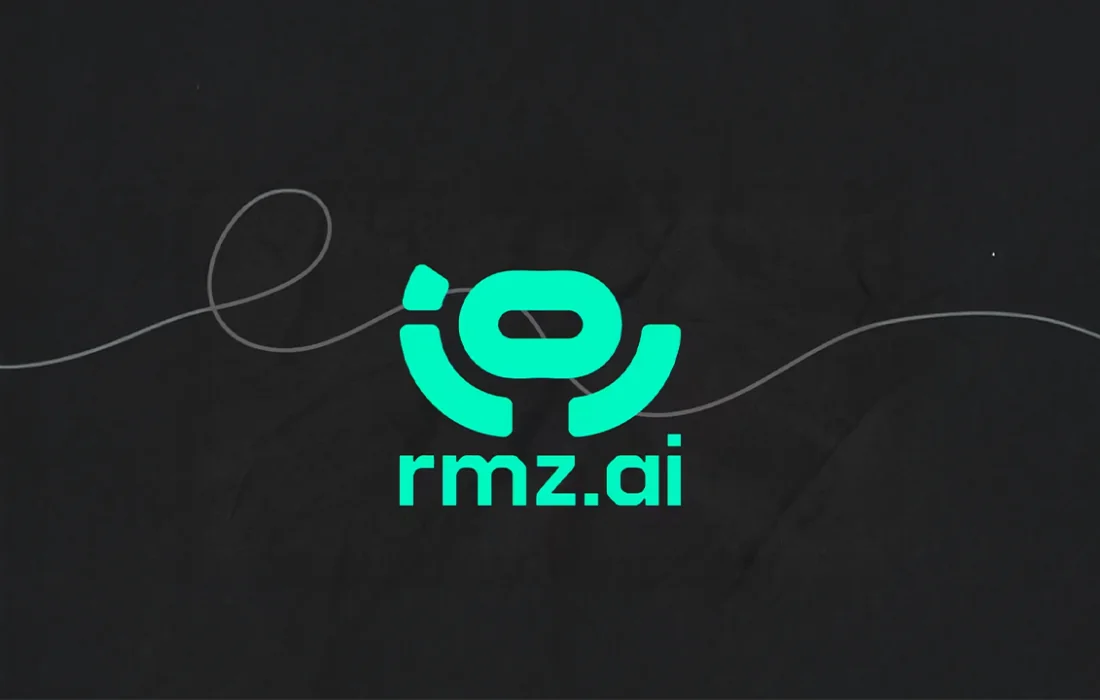- Abu Dhabi-based Syd Life AI expands to the U.S. through a USD 1B partnership to scale preventive health AI.
- The platform uses advanced analytics to identify rising-risk groups, guide interventions, and measure improvements in health and productivity.
- Combining clinical validation, ethical AI, and data-driven insights, Syd aims to make well-being a measurable driver of organizational performance.
Syd Life AI
Abu Dhabi-based, Syd Life AI announced its U.S. expansion through a USD 1 billion partnership. The collaboration aims to bring Syd’s population-level preventive analytics and personalized interventions to large employers and health systems nationwide.
Powered by its Large Quantitative Model (LQM) and Life Quality Index™ (LQI), it seeks to transform complex health science into operational dashboards. It aims to help organizations identify rising-risk cohorts earlier, target interventions precisely, and track measurable outcomes. This is a milestone in its growth strategy leveraging an innovative AI ecosystem to scale preventive AI solutions for international markets.
“Our analytics show where risk is forming, who will benefit most, and whether interventions are moving people to lower-risk tiers. That’s how prevention becomes measurable, system-level impact. Our mission is to empower people to live healthier, longer, higher-quality lives with responsible AI,”said Lorena Puica, Founder & CEO, Syd Life AI.
Abu Dhabi-based Syd Life AI is a technology company advancing personalized preventive healthcare and life-quality analytics.
Preventive Health
Looking forward with its USD 1 billion partnership, it aims to roll out its preventive health platform across major U.S. employers and health systems. With this, it aims to reduce chronic disease risks and elevate life-quality outcomes at scale.
Syd Life AI combines clinical validation, ethical AI, and partnerships to make preventive healthcare measurable and data-driven. Thus, it aims to turn preventive health from a wellness concept into a measurable driver of productivity and economic performance.
By linking well-being with business outcomes, it seeks to position quality of life as a new metric for organizational health. Its approach blends science, technology, and ethics to build healthier populations while delivering tangible returns for employers and health systems.
If you see something out of place or would like to contribute to this story, check out our Ethics and Policy section.














